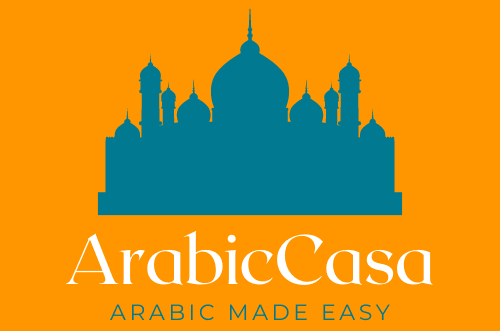How To Know Difference Between Farsi And Arabic-Explore 5
Arabic and Persian (Farsi )languages have many similarities and differences. They share many words, but they also have their own unique features. In this article, we will highlight some of the key difference between Farsi and Arabic. We will also provide a conclusion at the end of the article.
Introduction
This article will introduce you to the Persian language which is also known as Farsi. It is a member of the Indo-Iranian family of languages and is spoken in Iran, Afghanistan, Tajikistan, and Uzbekistan. Persian is the official language of Iran, and it is the main language spoken by the majority of the population. It also has significant populations in Afghanistan, Tajikistan, and Uzbekistan. Persian is the only official language of Iran, whereas, Afghanistan considers both Persian and Pashto as its official languages.
Despite its small population size, Persian has a rich history and many interesting features. For instance, it has a very flexible system of honorifics that can be used to show respect to people of all social levels.
Arabic is another language that is closely related to Persian. If you want to know more about Arabic, go check this article which I have introduced in a detailed fashion.
Let’s now compare both Arabic and Persian languages and talk about their similarities and differences.
Similarities Between Arabic and Persian
There are many similarities between the Arabic language and Persian. Both languages have almost same alphabets except for some, like, the letter ‘پ’ which is in Persian and Urdu as well but not in Arabic.
Likewise, Persian is written from right to left just like Arabic and mathematical expressions are written from left to right. The script of both Arabic and Persian is cursive, meaning most letters in a word are joined together while writing them.
Similarly, both Arabic and Persian have a rich literary traditions. Many famous books are written ranging from poetry to prose. Both of them also share many common words and some grammar rules.
Difference Between Farsi and Arabic
There are many differences between Arabic and Persian. The most significant difference between Farsi and Arabic is that Arabic is a Semitic language, while Persian is an Indo-Iranian language. This means that they have different grammatical structures and vocabulary. For example, Arabic has a system of genders (masculine, feminine, and neuter), while modern Persian does not. Arabic also has more verb tenses than Persian.
Although Arabic and Persian both share mostly common alphabets, Persian pronunciation of the same alphabet can be different. Likewise, in Persian, there is no definite article (the), whereas in Arabic there is a definite article(ال).
Similarly, Persian has been heavily influenced by other languages, such as Turkish and Hindi, while Arabic has remained pure. This has resulted in Persian having a much richer vocabulary than Arabic. Additionally, Persian syntax is more flexible than Arabic, which can make it easier to learn for speakers of other languages.
The biggest difference between Farsi and Arabic is the pronunciation. Arabic is pronounced with the letters coming out of the mouth in a straight line, while Persian is pronounced with more of an “aa” sound.
Additionally, Arabic has more vowels than Persian. There are six vowel sounds in Arabic, while there are only five vowel sounds in Persian.
Conclusion
Arabic and Persian are two of the most widely spoken languages in the world. They have a lot in common, including grammar, pronunciation, and vocabulary. However, there are some important differences between them.
Overall, both Arabic and Persian are very old languages having a wide range of vocabulary, so you’ll be able to communicate effectively no matter what your interests or experience are.
However, these differences are relatively minor and most people can learn to speak both languages relatively easily.
